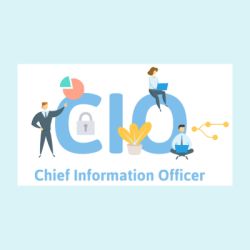Lisa Stephenson, Chief Nursing Informatics Officer, with over 20 years of nursing experience and serving on the HIMSS Nursing Informatics Committee, discussed what the challenges are for nurses and the opportunities for creating better conditions.
Stephenson highlighted that the decrease in resource availability has inevitably resulted in the increasing workload demands from tasks including documentation burdens and alert overload.
However, by involving nursing informatics nurses have more opportunities to improve the way they work. Using their knowledge of workflows and capabilities of new technology, informatics can help nurses better manage their data more effectively and understand their patients’ needs. Additionally, Informatics can help to present data in a manner that is most useful for direct care providers and leaders.
Technology can improve communication across the care team. For example, by using one mobile device for nurses to easily contact care team members they can reduce the back and forth messages. Using a single portal for alarms and alerts will allow nurses to focus on the right resources, and respond more quickly to provide timely care.
A growing number of organisations are investing in new care models such as telenursing programmes programmes that support the inpatient bedside nurse's work. This type of programme will help to relieve nurses from bedside tasks and can help complete some of the more burdensome documentation components. Additionally, they receive more complete information upfront.
Nursing curriculum needs to evolve to ensure nursing students are given a fuller understanding of health equity. Providing students with real life stories, lived experiences and statistics of the health conditions that disproportionately impact specific populations will develop their understanding of the issue.
Many of the factors with social determinants of health, including living situation, transportation and support systems, highlight important components that should be considered when providing treatment and care. Thus, the social determinants of health must be addressed and taught as key components in ensuring the health of patients.
Nursing curriculum has always encouraged a holistic model of care, but by including the SDOH components nurses have a greater opportunity to truly support a holistic model.
Source: HIMSS

























